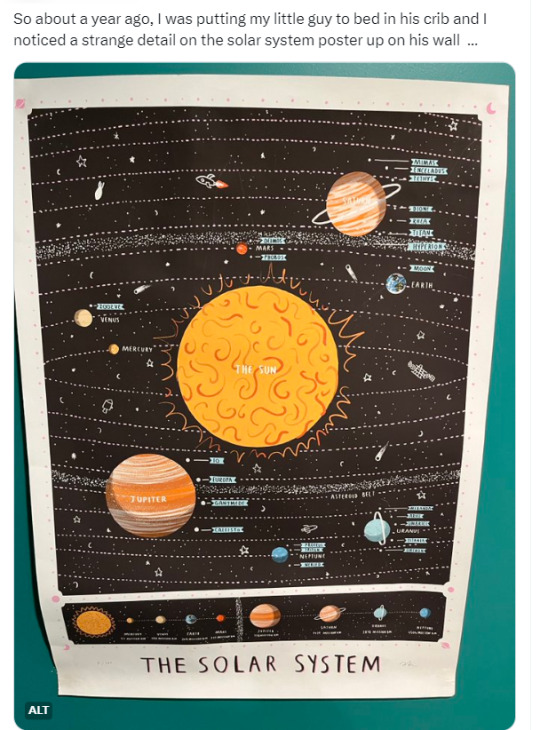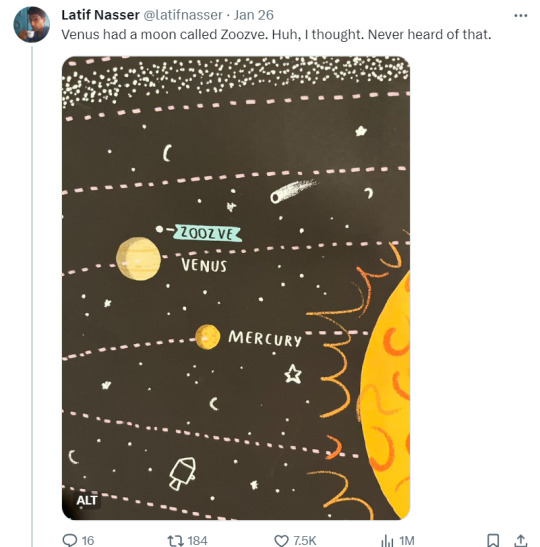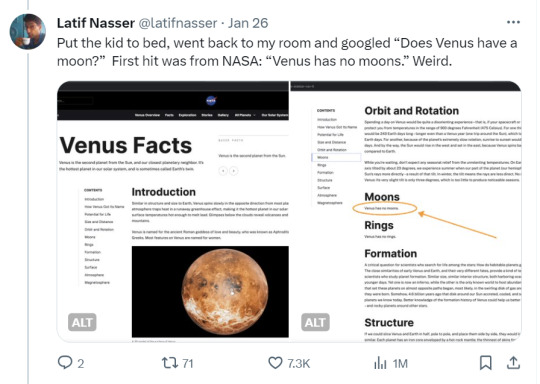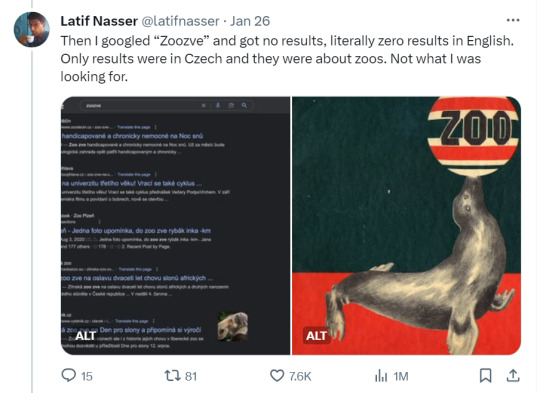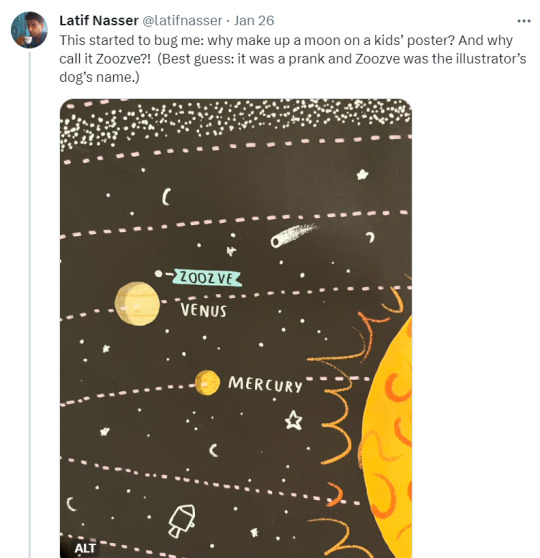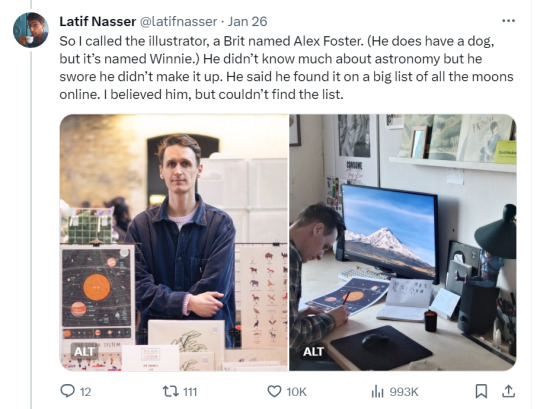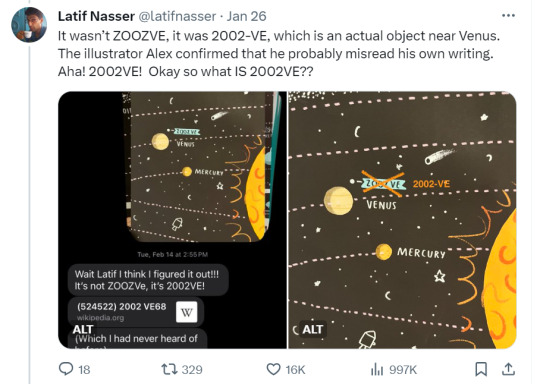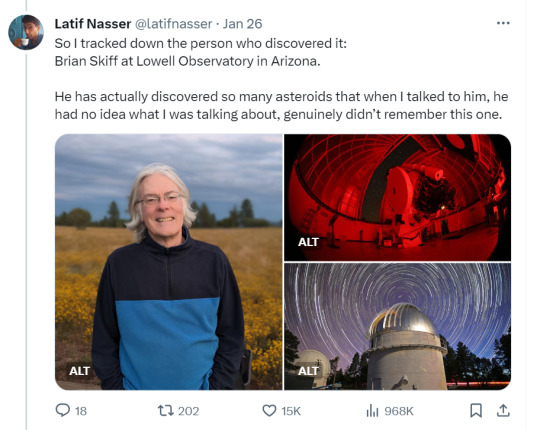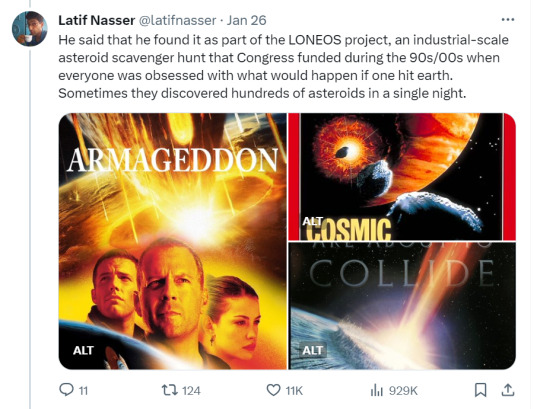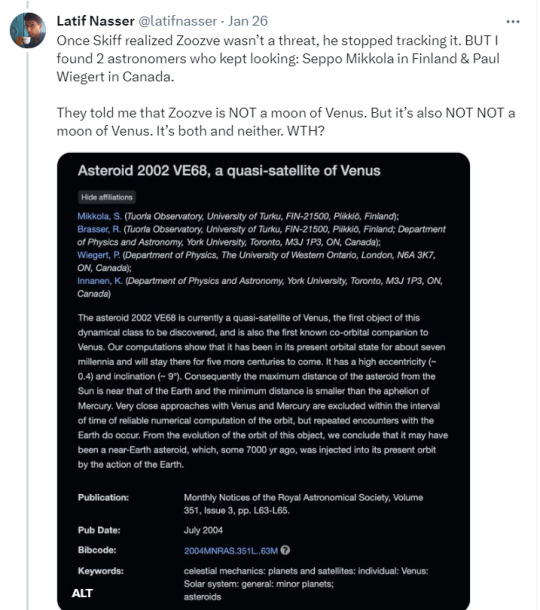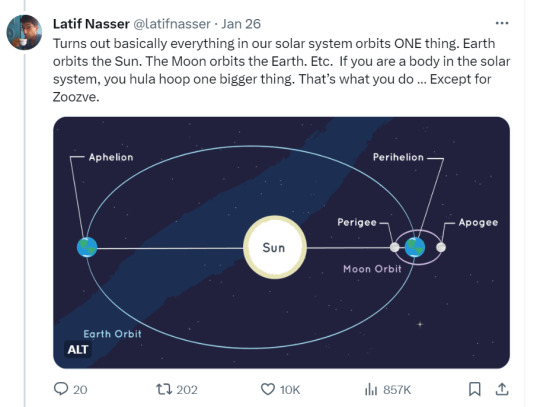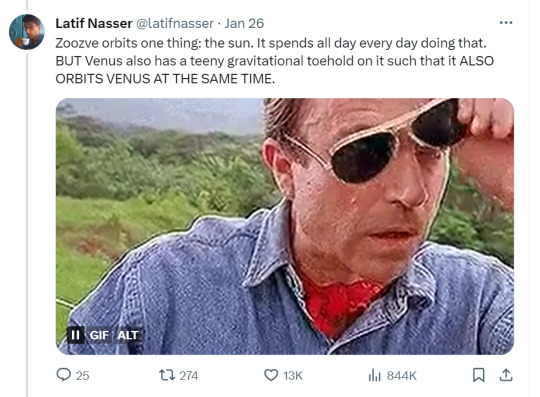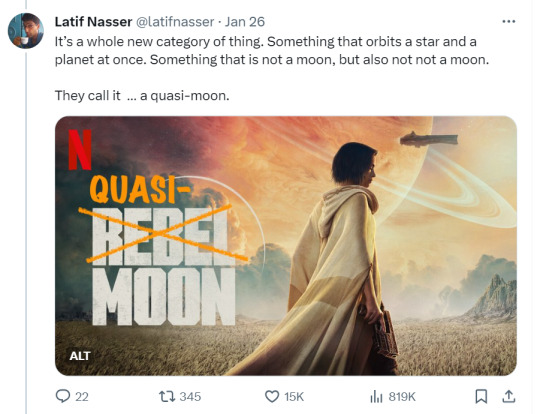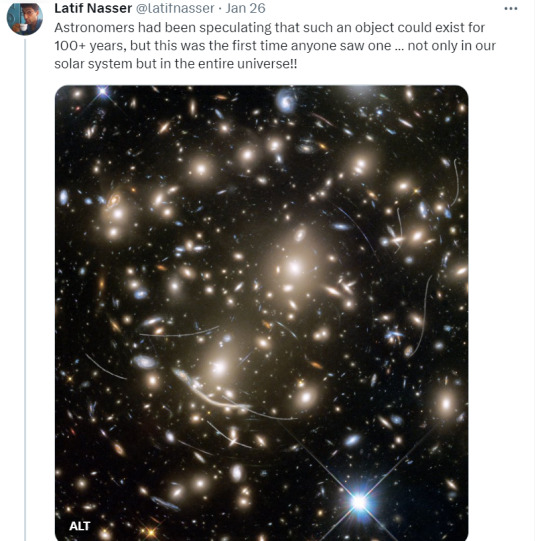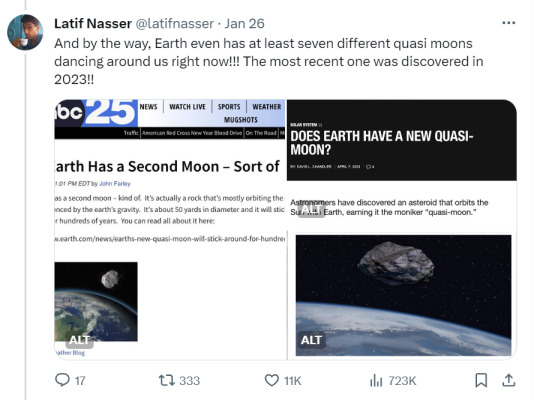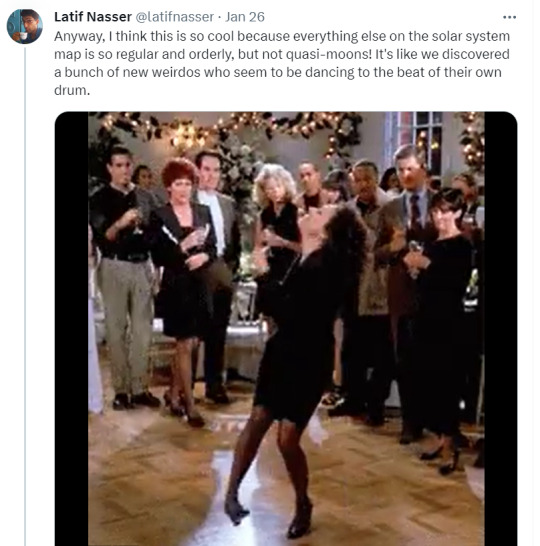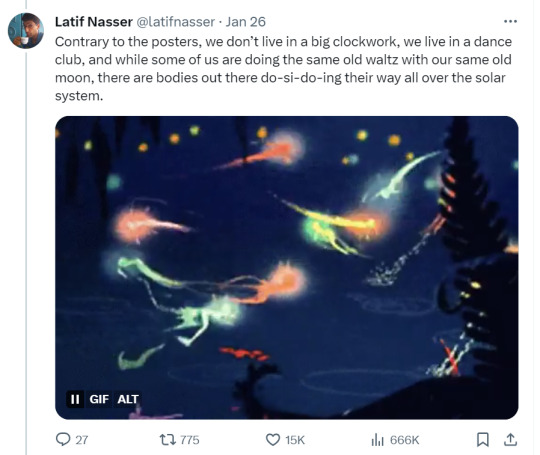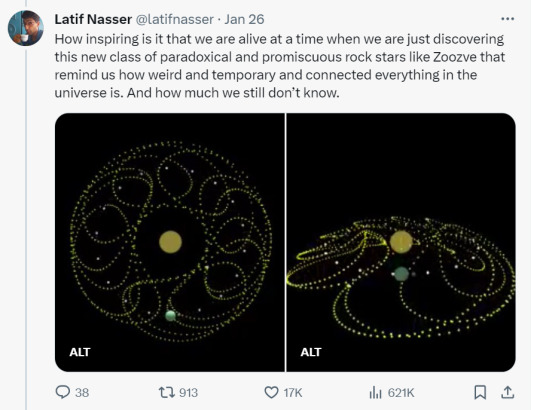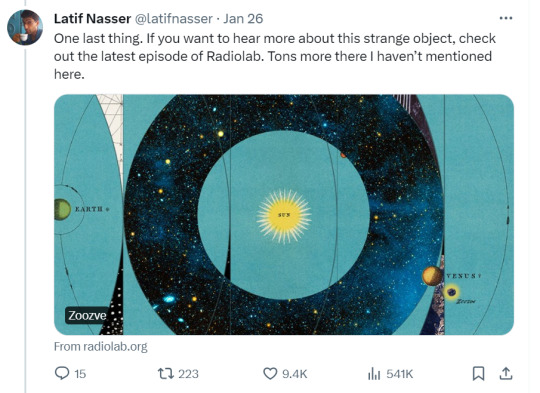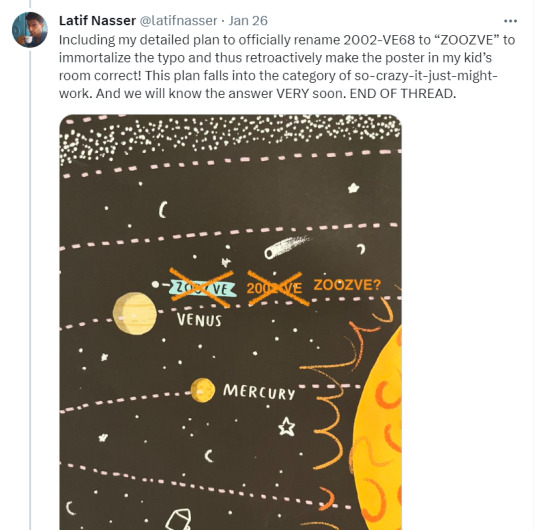Earth Sciences student. 🇲🇽 Entomology, environmental, atmospheric, spatial, soils, and aquatic sciences + the recurring curiosity. Safe space for all respectful beings. she/they 🏳️🌈
Don't wanna be here? Send us removal request.
Text




There’s a scientific journal called “Get me off Your Fucking Mailing List”.
In 2005, computer scientists David Mazières and Eddie Kohler created this highly profane ten-page paper as a joke, to send in replying to unwanted conference invitations. It literally just contains that seven-word phrase over and over, along with a nice flow chart and scatter-plot graph.
An Australian computer scientist named Peter Vamplew sent it to the International Journal of Advanced Computer Technology in response to spam from the journal. Apparently, he thought the editors might simply open and read it.
Instead, they automatically accepted the paper — with an anonymous reviewer rating it as “excellent” — and requested a fee of $150. While this incident is pretty hilarious, it’s a sign of a bigger problem in science publishing. This journal is one of many online-only, for-profit operations that take advantage of inexperienced researchers under pressure to publish their work in any outlet that seems superficially legitimate.
28K notes
·
View notes
Text
The ✨️anthropocentric bias✨️ is so not cool. I wonder how many more things we would know; how much more we would care if other types of cognition on Earth weren't just taken as "objects of comparison" to denote our own supposed superiority and singularity...
Maybe then we wouldn't feel so alone.
Are Humans Self-Aware?
Ants have often tested humans for self awareness. They placed objects in our homes and were shocked we didn't cover them in sand.
"Although humans build interesting nests & show signs of cooperation, can they really have rich inner lives like ants? Unlikely."
They laid pheromone trails & we ignored them.
"Even a newly eclosed callow or a termite could have followed these trails! Human intelligence is perhaps similar to that of a lichen... or perhaps an aphid at best."
31K notes
·
View notes
Text
Like a nightmarish, post-apocalyptic plot, rising temperatures are causing fungi to mutate in ways that not only make them hyper-infectious but drug-resistant, too. This is deeply concerning as our world warms, Nanjing Medical University researcher Jingjing Huang and colleagues warn. "The danger and importance of new fungal pathogens is believed to be seriously underestimated," they write in their new paper. "Temperature-dependent mutagenesis can enable the development of pan-drug resistance and hypervirulence in fungi, and support the idea that global warming can promote the evolution of new fungal pathogens."
Continue Reading.
389 notes
·
View notes
Text
Moisture levels in the soil can impact the effects that microplastic pollution has on soil fungi, according to new research published in Environmental Microbiology. By studying soil samples mixed with microplastics under different conditions, investigators found that when soil is well-watered, toxic chemicals in microplastics can leach into the soil and hinder soil fungal richness. With dry soil, however, the leaching of water-extractable chemicals is less pronounced and therefore less impactful on soil fungal structure.
Continue Reading.
88 notes
·
View notes
Text
Ahh yes, reblogging; the soul of Tumblr
Please reblog if you can, I'd like to get as many different results as possible!
37K notes
·
View notes
Text
Hamataliwa grisea, she of the booty floof skirt (and a very expressive face) 🥹



108 notes
·
View notes
Text
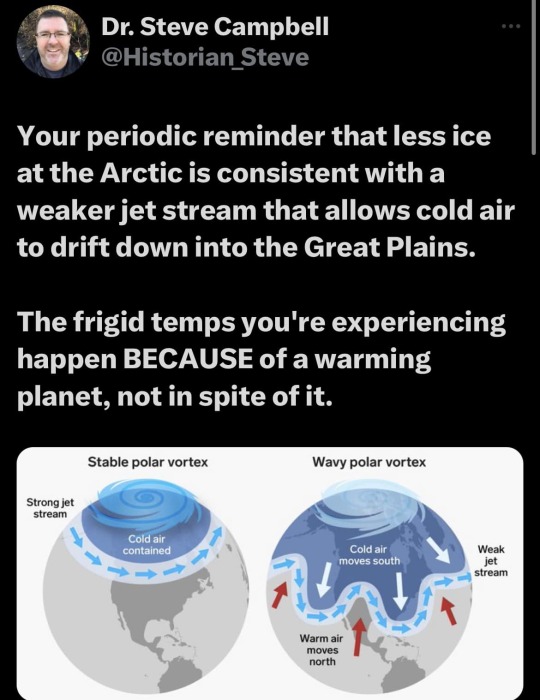
So many people do not understand the relationship between climate change and cold weather.
180K notes
·
View notes
Text
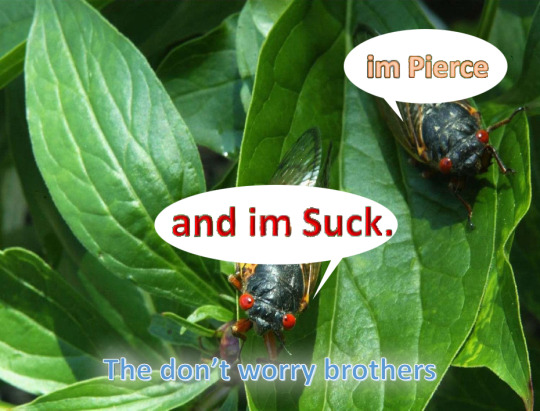

OP made this post unrebloggable but me and my bf made this meme in a fit of obsession and it had to be shared
91K notes
·
View notes
Text
En español, las primeras dos son llamadas espinas (espina caulinar = 'thorn' y espina foliar = 'spine'), mientras que la última estructura son aguijones.

Morphological differences between thorns, spines, and prickles
82K notes
·
View notes
Text
🕷️Meet Joe Arguelles, a comparative biology Ph.D. student in the Museum’s Richard Gilder Graduate School. His research focuses on understanding the molecular drivers of the incredible mechanical properties of spider silks.
🕸️He also studies the evolution of “prey capture systems” (silk, venom, and vision) in active hunting spiders, and how these genes have changed in response to the loss of web-spinning behavior.
2K notes
·
View notes
Text
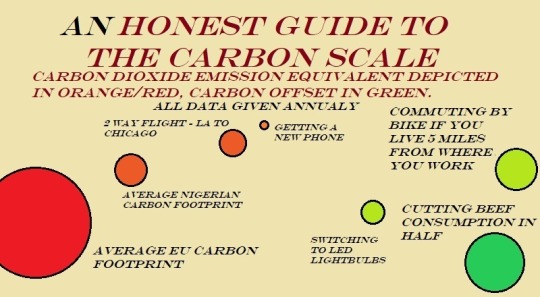















Sorry for the bad photo quality, Tumblr doesn't like posts this long.
43K notes
·
View notes
Photo
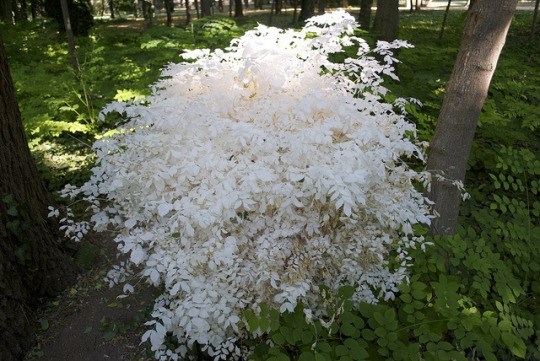
Trees, like animals, can also experience albinism, though it is extremely rare.
383K notes
·
View notes
Text
This is approximate since calculations vary, but somewhere in the neighborhood of 20% of carbon emissions since the Industrial Revolution have come from destruction of terrestrial ecosystems—wetland destruction, deforestation, degradation of grasslands and so on
Soil, soil communities, root systems, carbonate rock, wood, living plants, and peat in wetlands—all holds carbon
Now consider what plants do for you
The mere sight of plants and trees improves mental and physical health. I won't elaborate much more upon this, the positive effects are incredible and overwhelming.
Trees and vines that shade your home and outdoor areas: reduce the cost of cooling, meaning less electricity is used. Shade reduces the risk of death in extreme heat events.
(Trees also reduce light and noise pollution)
Edible plants (many wild plants and many plants you can grow): provide you with food reducing your dependence on industrial agriculture and cars to reach supermarkets
Community gardens and orchards: creates resilience and interdependence among small local communities, reducing the power of capitalism and increasing the ability of individuals to organize and create change. Makes more sustainable and plant based diets accessible to people for whom they would ordinarily be inaccessible
Compost piles for gardening: less greenhouse gas emissions than result from waste breaking down anaerobically in landfills
No more traditional lawns: much less use of gas powered lawn mowers, weed whackers etc. which are, by themselves, significant contributions to carbon emissions and urban pollution
Crafting and creating using plants: Locally available wild plant species can be used by local crafters and creators for baskets and containers, yarn, fabrics, dyes, and the like, resulting in less dependence on unsustainable and unethical global industries
More people growing and gathering edible and useful plants and using them = larger body of practical, scientific and technological insights to draw from in order to solve future problems
In conclusion: Plants
3K notes
·
View notes
Text
1K notes
·
View notes
Text
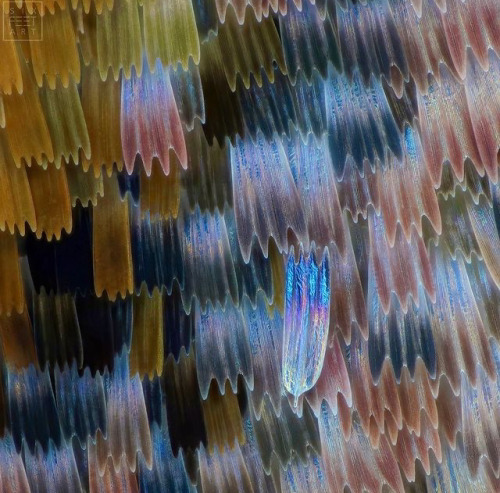
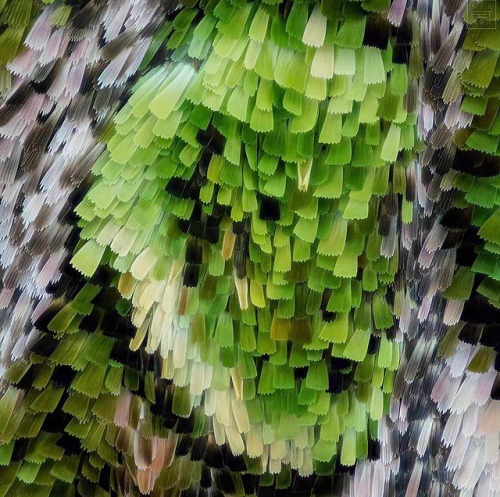
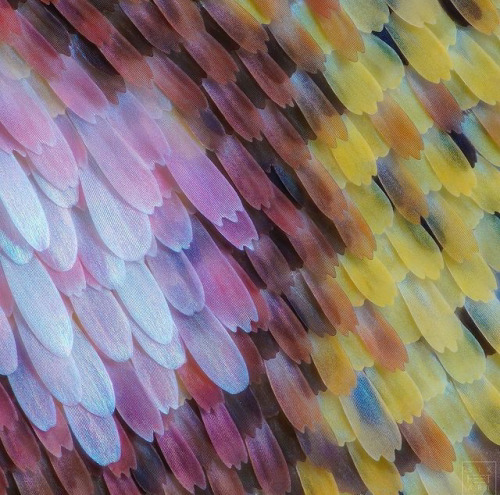
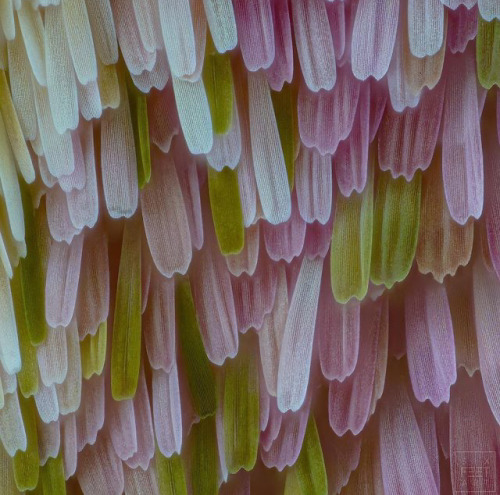
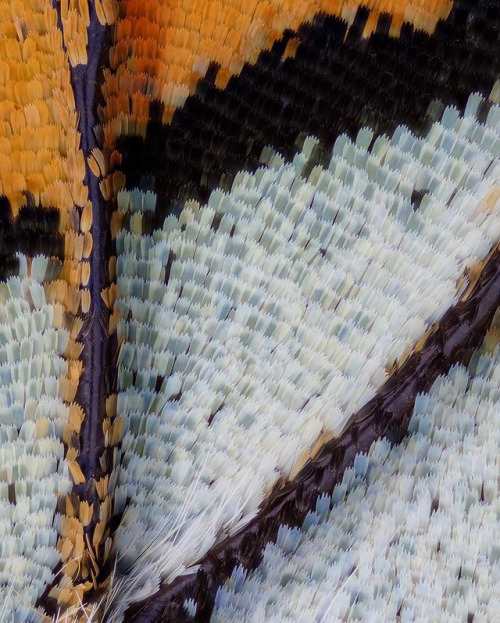
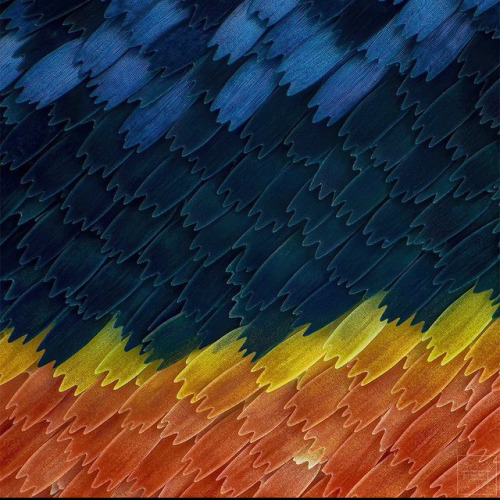

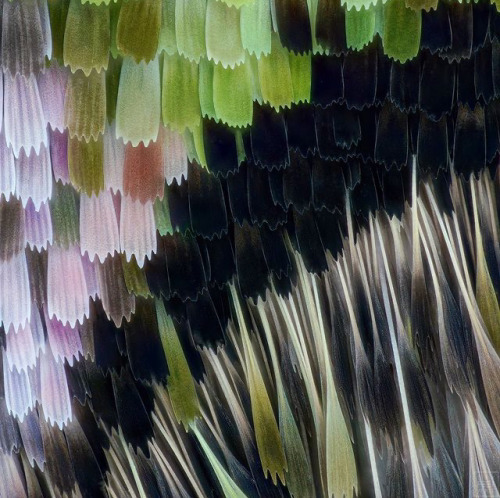
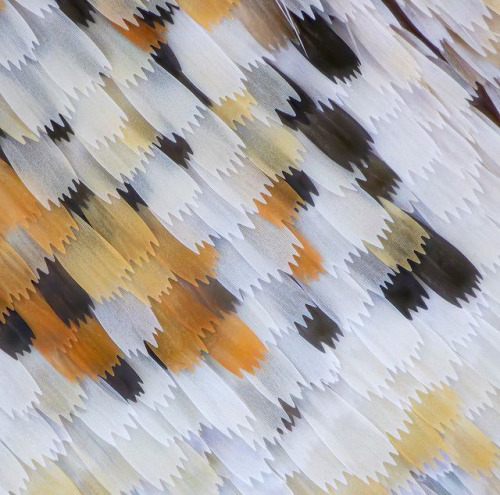
close-ups of butterfly and moth wing scales
20K notes
·
View notes
Text
People are walking biomes if u think about it
23K notes
·
View notes

